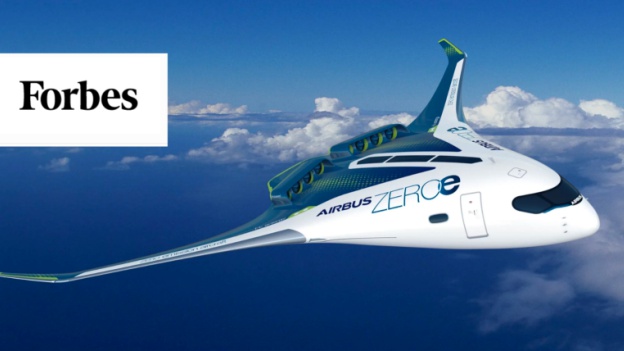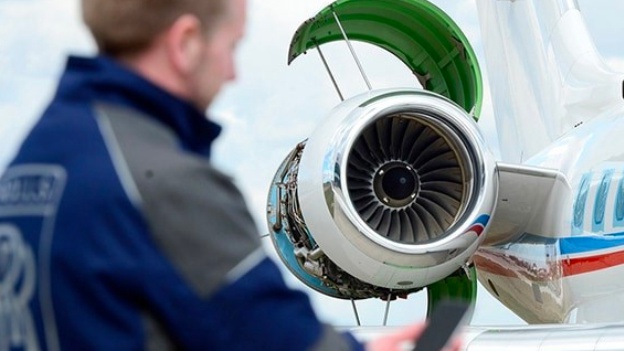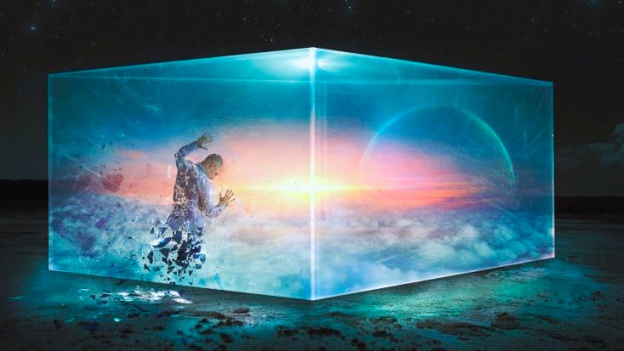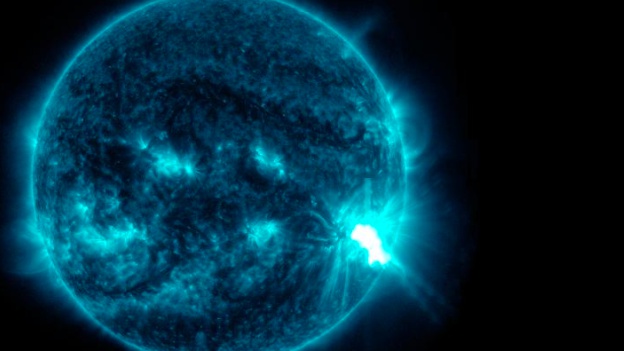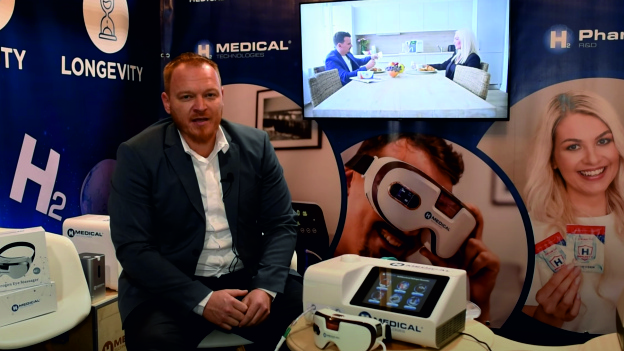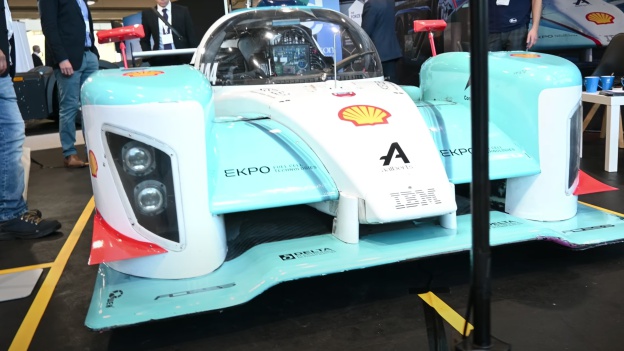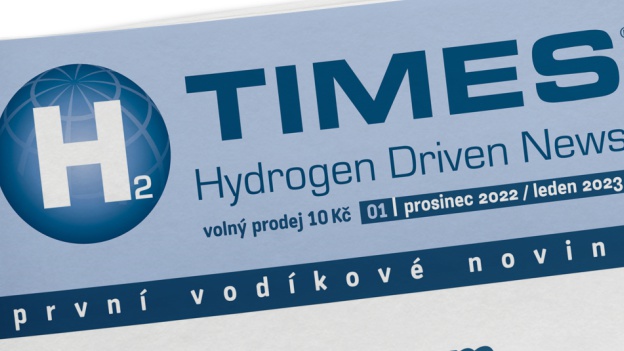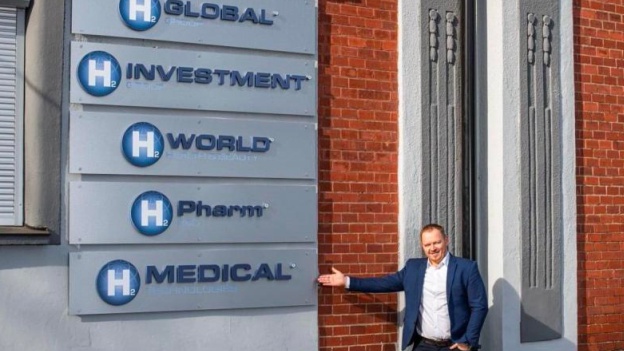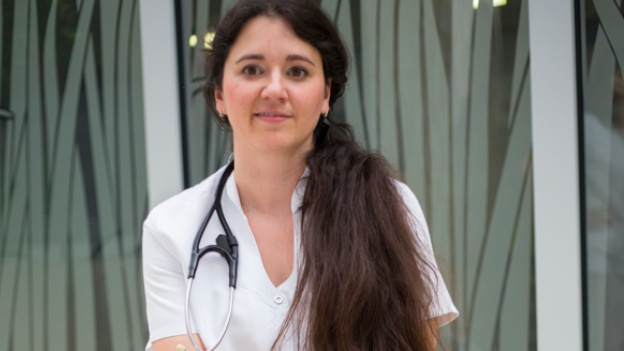The hydrogen refuelling stations of the oil giant Shell in American California are coming to an end. The company said its aim is to focus on value over volume and prioritise capital investment in areas where it has significant competitive advantages. Shell will continue to promote hydrogen for heavy-duty trucks.
Shell is closing its hydrogen refuelling stations in alt-fuel-plagued California, the oil giant has announced. The news follows Shell's announcement last year that it would end construction of its hydrogen station network in California by 2023. The oil giant cited "supply complications and other external market factors" in making the decision.
"Following the temporary closure of five of eight light-duty vehicle stations, (Shell) has decided to exit the light-duty vehicle hydrogen fuel market in California," the company said in a statement. "Seven stations have been closed from Shell's U.S. light-duty network and Shell is exploring options to divest its Torrance, California station."
California is the only state with publicly available hydrogen for passenger cars, except for one refueling site in Hawaii, according to the Energy Department's map of hydrogen refueling station locations. And not all of them work.
There are 54 publicly available hydrogen fueling stations in the Golden State, with a varying number of them regularly listed as "offline" at any given time. At press time, for example, 19 California stations were not open. Sometimes as many as half of them are unavailable.
The closure of Shell stations will be a blow to owners of Toyota Mirai and Hyundai Nexo vehicles.
Hydrogen has always been a good idea in theory because hydrogen-powered cars emit no pollutants from the tailpipe. But extracting hydrogen is an energy-intensive process that produces carbon dioxide, negating some of the benefits of zero tailpipe emission hydrogen cars. In theory, hydrogen can be produced by electrolysis from solar or hydroelectric power, but in practice almost all of it comes from reforming natural gas, a process that causes pollution.

However, Shell still sees the value of hydrogen as a fuel for heavy trucks. "Specifically, we see an important role for hydrogen in decarbonising hard-to-electrify sectors such as heavy industry (cement, chemicals for steelmaking) and heavy transport - and we intend to develop opportunities in areas where we see neighbourhoods with our integrated businesses and pathways to profitability."
And Shell says it also has "green" hydrogen production. "In terms of production, we currently have green H2 production in China and Germany, and in the Netherlands Shell has taken FID on Holland Hydrogen I, which will be Europe's largest renewable hydrogen plant when it comes on stream."
And he says it's not just in other markets. "Shell remains active in the hydrogen business in the US, where we continue to operate three high-performance stations in Southern California," the company said. "We maintain that hydrogen is an important low-carbon energy solution of the future and we will continue to invest in hydrogen in a disciplined manner, focusing on sectors that cannot be fully electrified, such as heavy industry and transportation.
Shell's intention is to invest up to $1 billion per year in hydrogen and CCS (carbon capture and storage) between 2024 and 2025, focusing on key regions where it has a "competitive advantage and strong adjacency with our existing business".
Shell did not highlight the move specifically on profitability, but said that "the company aims to be more disciplined in our delivery, focus on value over volume and prioritise capital investment in areas where we have significant competitive advantages."

That leaves 47 stations in California. Will this be enough to meet current demand? According to Argonne National Laboratory, only 2,978 hydrogen fuel cell electric vehicles will be sold in the US in 2023, and only 17,967 have been sold since they were first introduced in 2014. Almost all of them are in California.
And while it's possible to make so-called "green hydrogen" from solar and wind power, in practice you could take the electricity needed to do so and simply put it into one of the 1.4 million electric vehicles currently registered in America that don't require expensive and complex fuel cells.
So at this point in history, like Beta vs. VHS, at least in the passenger car segment, it looks like electricity is winning.
Source: Shell
Photo source: Shell












